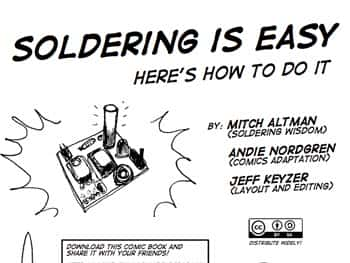Technologists researching at the laboratories of the National University of Singapore in the department of Electrical and Computer Engineering have developed a new technology that will help in enhancing storing information in electronic systems in a better and more durable manner. Called Magneto Resistive Random Access Technology, this innovative method increases the storage space considerably and ensures that all fresh data will remain intact, even when there is a power failure. The team of researchers, led by Dr. Yang Hyunsoo, has filed for a provisional patent in the USA. They claim that the development will bring about a structure that will be of use to MRAM chips of the next generation.
This innovative method of storing information has a very wide field of application. All devices in the field of electronics such as Personal computers, laptops, mobile phones and all mobile devices will benefit from this unique technology. Data storage is required in various fields of activity such as in transportation, avionics, military, robotics, industrial motor controls, management of energy and power. Another major user is electronic equipment for health care.
According to Dr. Yang, the new technology will increase storage space, and enhance the memory. According to him, computers, laptops, etc., do not need booting up and there is no necessity for using the “Save” key regularly. Fresh data is not deleted even when there is a stoppage of power, unlike the current DRAMs in use. What is of greater significance is the memory will last for a minimum of 20 years and maybe for an even longer period. Compare this to the present method of storing information, which gives the user only about a year of stored data. One of the best uses is in the case of mobile phones. According to Dr. Yang, “we usually need to charge them daily. Using our new technology we may need to charge them on a weekly basis.” This will be a substantial cost-saver.
MRAM, the new technology, enables data to be retrieved even if the equipment concerned is not powered up. Additionally, MRAM consumes low power and has high bit density. The new technology is expected to bring about a sea of changes in computer architecture. Manufacturers will find it easier to use MRAM as flash memory can be dispensed with. That will also help in bringing down the cost substantially. The success of MRAM has induced major semiconductor manufacturers like Intel, IBM, Samsung and Toshiba to conduct further research.
Currently, MRAM uses technology based on current induced magnetization in a horizontal plane. It requires ultra-thin ferromagnetic structures, less than 1 nanometer, which are difficult to manufacture, has low reliability and the retention period is less than a year. The NUS team collaborating with Saudi Arabia’s King Abdullah University of Science and Technology has developed a multi-layer magnetic structure of 20-nanometer thickness. It effectively provides a film structure that helps in the storage of information and data for at least 20 years. The team is looking for collaboration with the industry.

